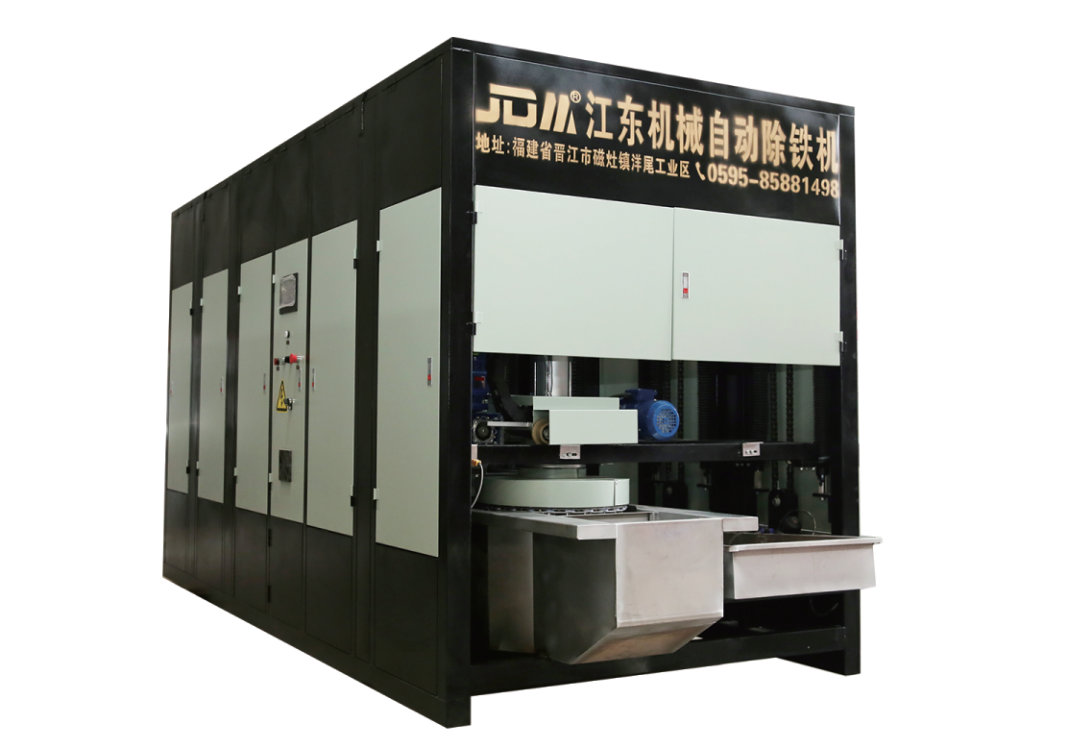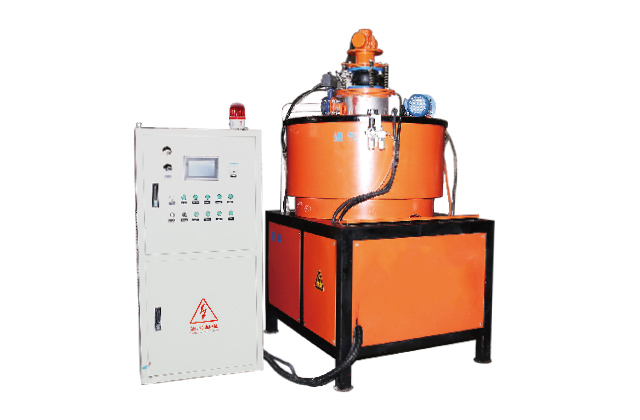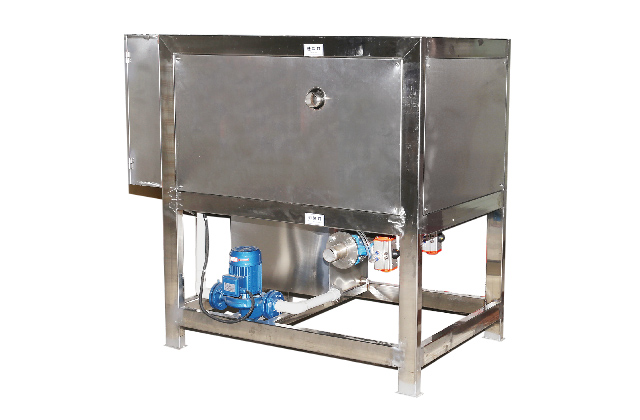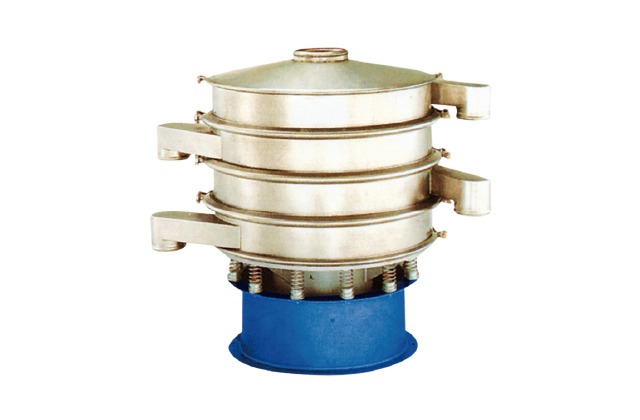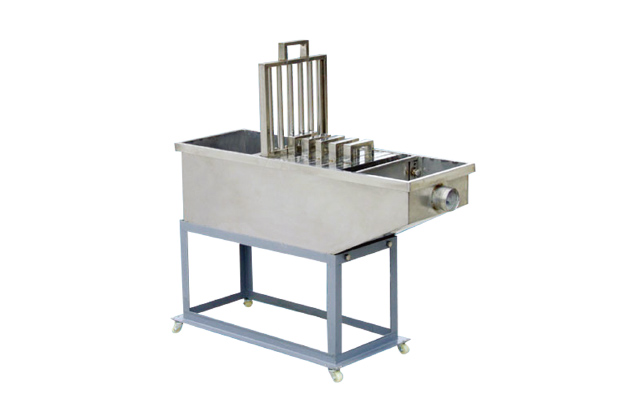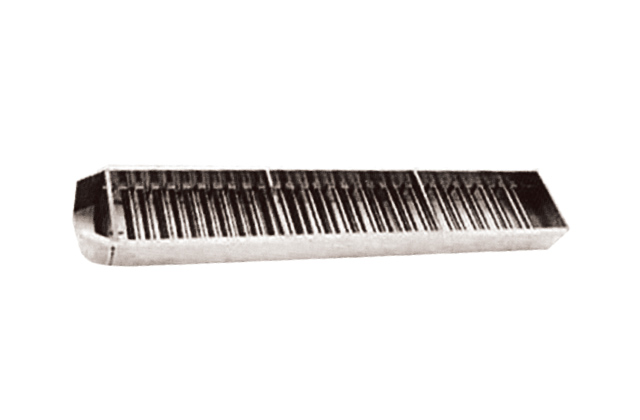September 1, 2025
How to Separate Iron from Ore: Effective Techniques Explained
Introduction to Iron Ore Separation
Iron ore is one of the most abundant resources on Earth, and it plays a crucial role in the production of steel and other alloys. However, extracting iron from ore requires precise techniques to ensure efficiency and cost-effectiveness. This article explores the most effective methods for separating iron from ore, focusing on modern technologies and best practices.
Magnetic Separation: A Popular Method
Magnetic separation is one of the most widely used techniques for separating iron from ore. This method leverages the magnetic properties of iron minerals, such as magnetite and hematite. By passing the ore through a magnetic separator, iron-bearing minerals are attracted to the magnetic field and separated from non-magnetic impurities.
This technique is highly efficient and cost-effective, making it a favorite among mining operators. Additionally, magnetic separation is environmentally friendly as it reduces the need for chemical reagents.
Froth Flotation: A Chemical Approach
Froth flotation is another widely used method for separating iron from ore. This process involves mixing the ore with water and chemical reagents, which create a froth that allows iron minerals to float to the surface while other impurities sink to the bottom.
While froth flotation is effective, it requires careful control of chemical conditions to ensure optimal results. It is often used in conjunction with magnetic separation for enhanced efficiency.
Gravity Separation: A Simple yet Effective Technique
Gravity separation is one of the oldest methods for separating iron from ore. This technique relies on the difference in density between iron minerals and other impurities. By using devices such as spirals, jigs, or shaking tables, iron minerals can be effectively separated from lighter gangue minerals.
Gravity separation is simple to implement and requires minimal equipment, making it a popular choice for small-scale mining operations.
High-Temperature Processing: A Modern Approach
High-temperature processing involves heating the ore to extreme temperatures to separate iron from other minerals. This method is often used in conjunction with magnetic separation to enhance the purity of the iron product.
High-temperature processing can be energy-intensive, but advancements in technology have made it more efficient and environmentally sustainable.
Conclusion: Choosing the Right Technique
Separating iron from ore requires careful consideration of the ore’s composition, the desired purity of the final product, and the cost-effectiveness of the method. Magnetic separation, froth flotation, gravity separation, and high-temperature processing are all viable options, each with its own advantages and limitations.
By understanding these techniques and selecting the most appropriate one for your specific needs, you can optimize your iron ore processing operations and achieve higher yields with lower costs.

